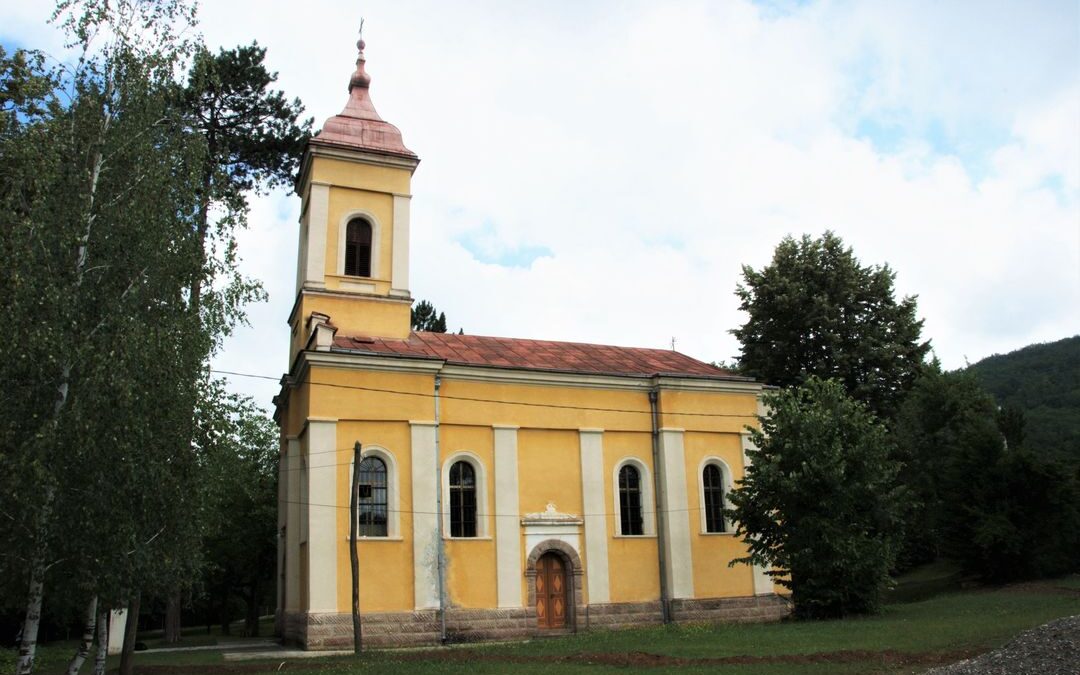In 1935, the chapel of Saint Sava together with the dining room, according to the project of academician Aleksandar Deroko. The Russian painter Nikolai Baron Mayendorff painted the church in 1937, and on that occasion a representative portrait of the Russian Tsar Nicholas II Romanov, who was brutally murdered by the Bolsheviks, was executed. After World War II and the victory of the revolutionary authorities, the church of Saint Sava in Žiča was closed to the public, and the nuns covered the emperor’s portrait with blue paper, and over time he sank into oblivion.









